Site Images
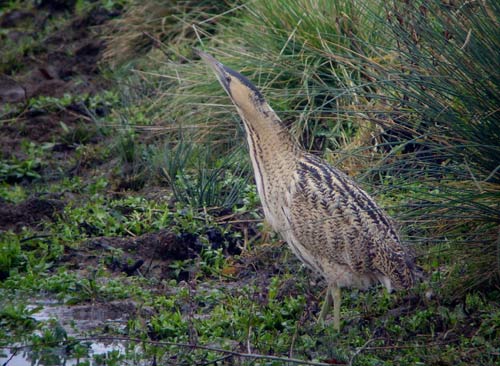
Bittern by Will Soar
view
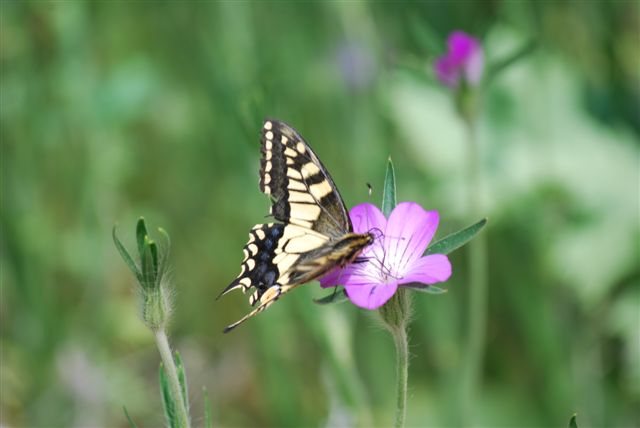
Swallowtail at Strumpshaw by Julian White
view
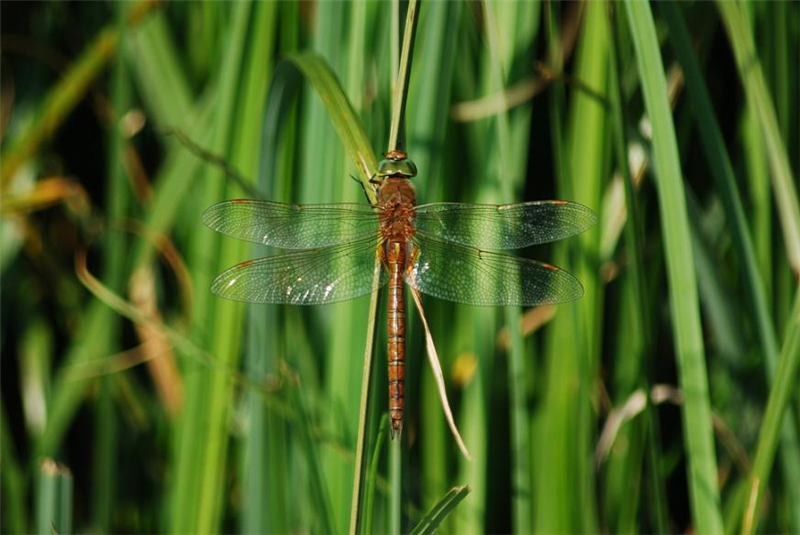
Norfolk hawker at Strumpshaw by Julian White
view
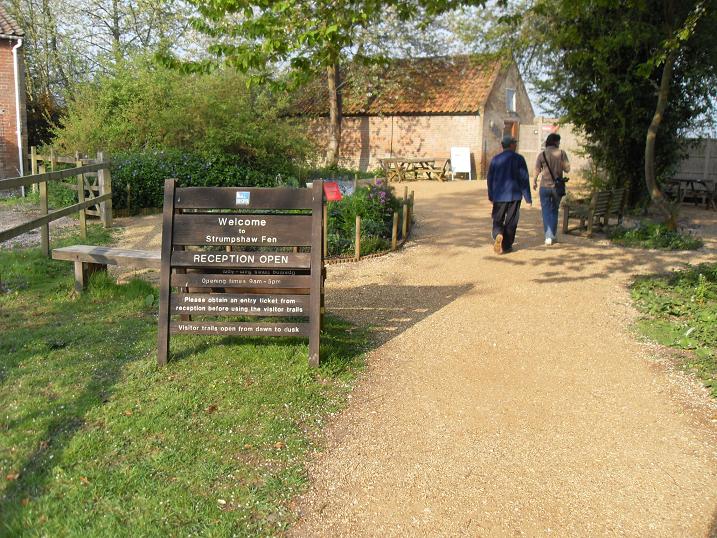
Strumpshaw
view
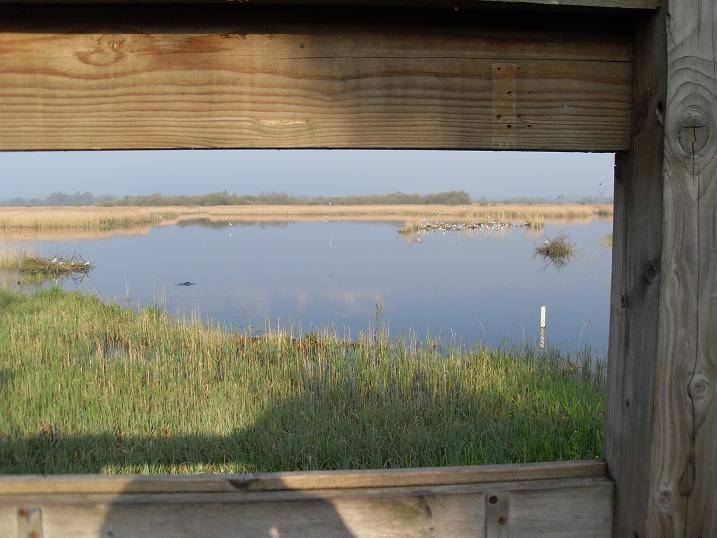
Strumpshaw - view from reception hide
view
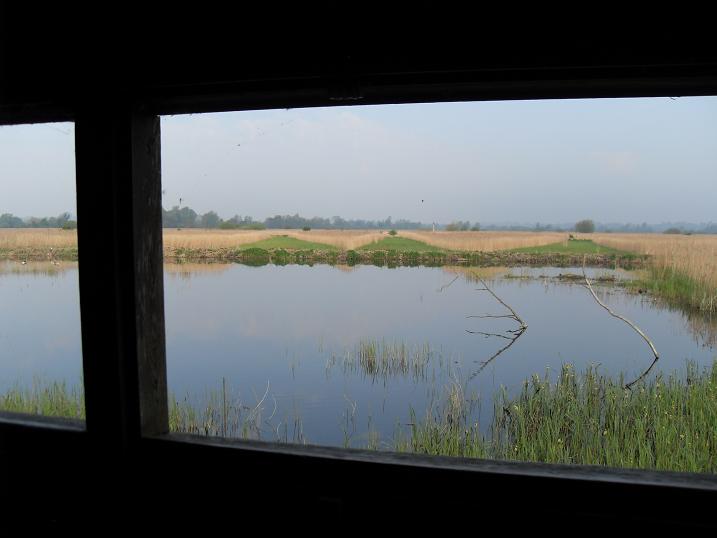
Strumpshaw - view from Fen hide
view
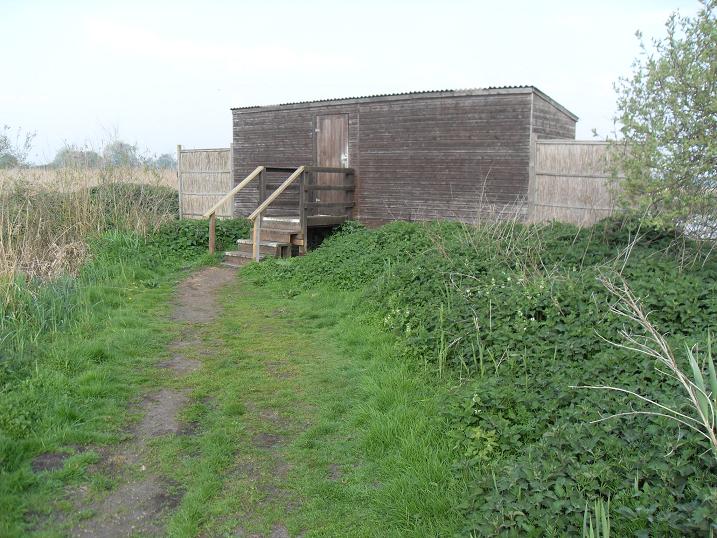
Strumpshaw fen hide
view
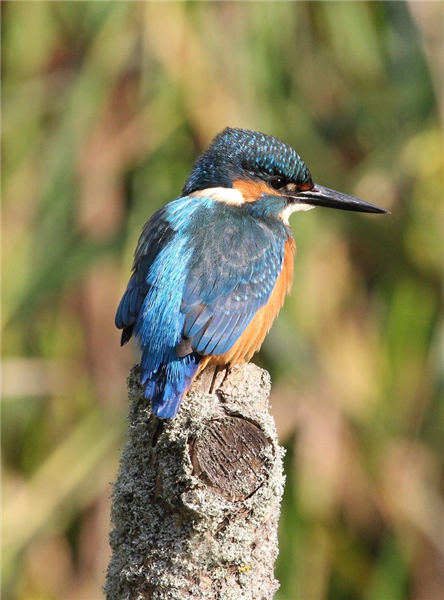
Kingfisher by Sue Lawlor
view
Summary
An excellent wetland site close to Norwich
Location
-
TG341067
-
52.607599, 1.456036
This wetland site close to Norwich is a great spot at any time of the year, it is particularly good for Bitterns which are especially visible in winter, the rare Swallowtail Butterfly and in recent years Otters.
Spring is the time to hear Bitterns booming. Marsh harriers can be seen performing their spectacular 'sky-dancing' displays. Cetti’s Warbler are very vocal at this time of year and this is the easiest time to actually see them. The reserve comes alive with the songs of spring migrants including sedge our common warblers, cuckoos and a few grasshopper warblers. Swallows and swifts dart across the pools where great crested grebes and other waterfowl build their nests.
In summer, the fen meadow comes alive with a rich display of wild flowers including six species of orchids. The reserve is host to a wide variety of butterflies, dragonflies and damselflies. This is the best time of year to spot the rare Swallowtail Butterfly, the main flight is late May to early July but there is a second much lesser flight in mid-August. Up to 20 kinds of dragonfly can be seen, including the rare Norfolk hawker. Hobbies can be spotted hunting dragonflies. Barn owls may also be spotted in the daylight delivering food to their chicks.
In early autumn passage wading birds can be seen on the reedbed pools and with luck you may catch a glimpse of a water rail coming out of the reed bed to feed. Marsh harriers gather in groups to roost. Small flocks of bearded tits may be seen in the reed beds and a flash of blue may alert you to a kingfisher.
In the winter hundreds of ducks, including teal, gadwall and shoveler, feed in the reedbed pools. The resident bitterns are joined by visitors from the continent, and may be seen flying over the reed beds. Towards dusk, marsh and sometimes hen harriers gather to roost. Chinese water deer are frequently seen early and late in the day. Also at this time of year large finch flocks build up with up to 100 siskins and maybe 50 Lesser Redpolls, sort through these for a visiting Mealy Redpoll and possibly something rarer
Target Species
Cetti’s Warbler, Bittern, Bearded Tit, Marsh Harrier and Otter